Frequently Asked Questions
General Questions
Lots of ways! You can "like" us on Facebook and Instagram, and also be sure to sign up for our newsletters. You can opt to receive news from us weekly, monthly, or when we have announcements that are specific to your interests. That's the best way to stay in the loop about all of our news, seasonal sales, and specials!
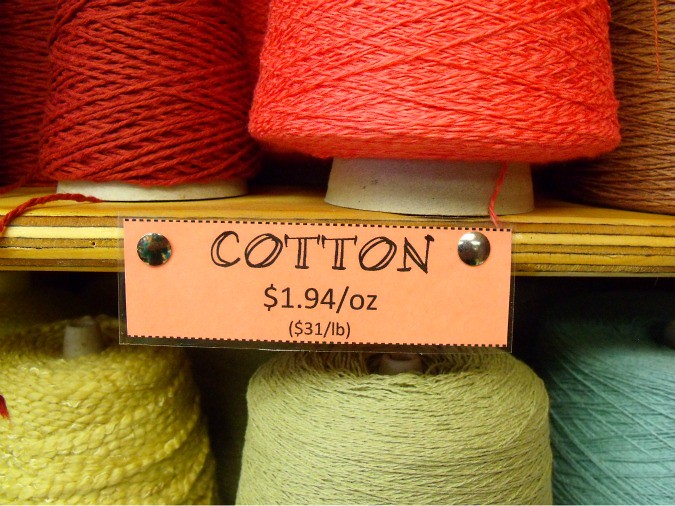
Actually, because we sell our yarn by the pound, it often works out to be a lot less expensive to buy your yarn this way. We’re using just the raw materials, which we buy in bulk ourselves, and cutting out all the costs of branding, packaging, and distributing of commercial yarns.
Here’s an example: a typical 50g ball of yarn is equivalent to just under 2 ounces (1.75 oz., to be exact). Here are some examples of how much 2 ounces of yarn costs at Yarnia, in some of our most popular fibers:
- Regular Wool: $6.50
- Merino Wool: $7.63
- Cotton: $4.87
- Bamboo: $8.63
- Acrylic: $4.25
- Rayon: $4.13
- Silk: $17.25
Yes, you may download our wholesale application here. Once we review and approve your application, we will send you our line sheet and order form.
For simple orders like cardboard cones and house blends of yarn, we typically pack your order the next business day, and USPS will pick it up the day after that. For large or custom orders, we will fill your order on Friday and it will be picked up with the Saturday delivery. During the busy holiday season we try and expedite this process and will often fill custom orders 2-3 times per week.
Due to the custom nature of our yarn, all sales are final. We are happy to send snapshots of any custom blends before you place your order, and/or hard copy samples in the mail. Just email or chat with us to ask!
Custom Yarn Creator
Absolutely! While we specialize in creating custom yarns by combining multiple plies together, we can certainly provide you with the single plies as-is, in whatever quantity you'd like. Just head on over to our Custom Yarn Creator, input the quantity desired at the top of the screen, and drag the single strand you'd like one of the squares in the palette at the bottom of the screen.
The yarn is not twisted, as you may be used to seeing in commercial yarns, but rather wound parallel at an even tension. This usually will give a similar feel to having a twisted, plied yarn, particularly if comprised of clingy fibers like wool and cotton, as you knit with it off the cone.
If you are prone to splitting stitches, you may find that this happens for you more often with this type of yarn, as the individual strands are not plied together. However, this is easy to get used to, and should start to feel natural to your fingers with some practice.
The best way to judge this is often visually. Our advice is to literally take the strands you’re considering and hold them next to each other, giving them a little twist to give an idea of what they will look like when wrapped closely together, as they will be when you work with them. You’re also welcome to use any of the hooks or needles that we have here to try out a little swatch of the yarn you’re putting together, to makes sure you like how it knits/crochets up!
How many colors “look good” together is definitely a matter of taste. Some people love mixing lots of different colors, even colors that contrast, and seeing the heathered effect this will give in your finished product.
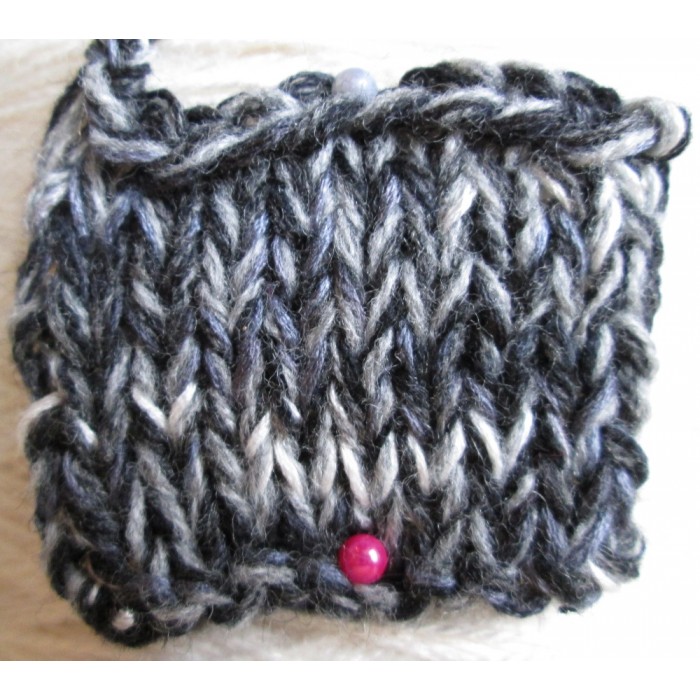
Others prefer to stay in the same color family, and combine strands that are of slightly different shades to give depth to that initial color.
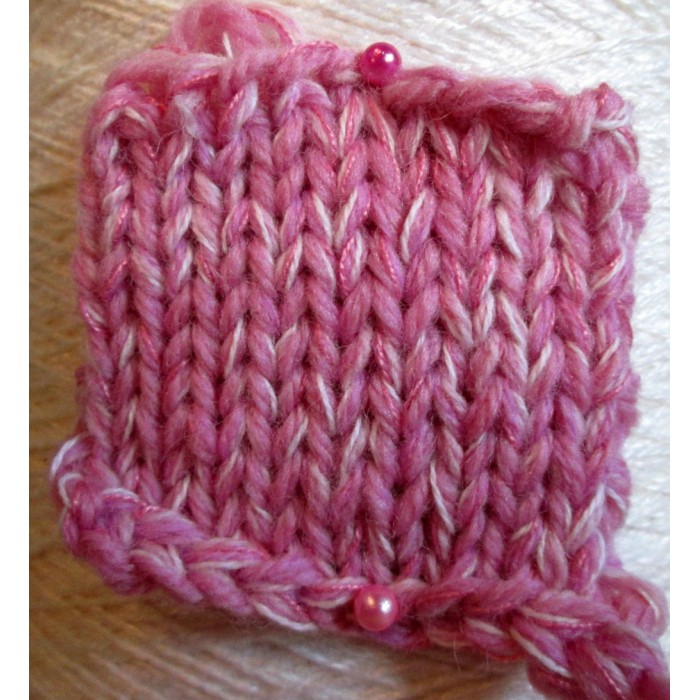
You can also try out adding a strand of metallic, variegated, or novelty yarn to get different color and texture effects in your yarn.
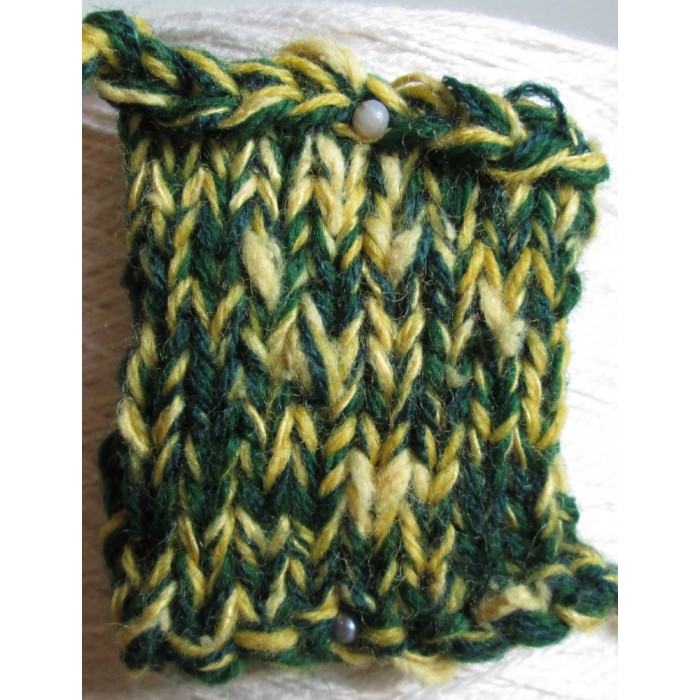
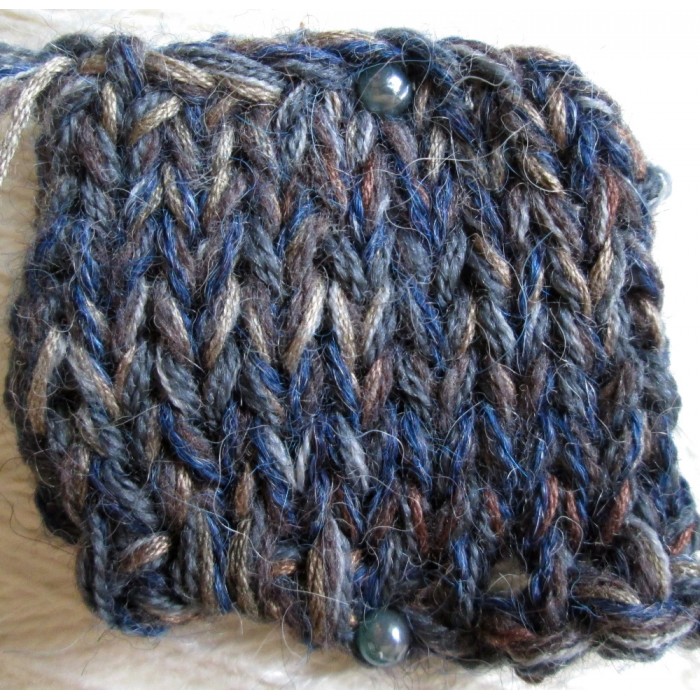
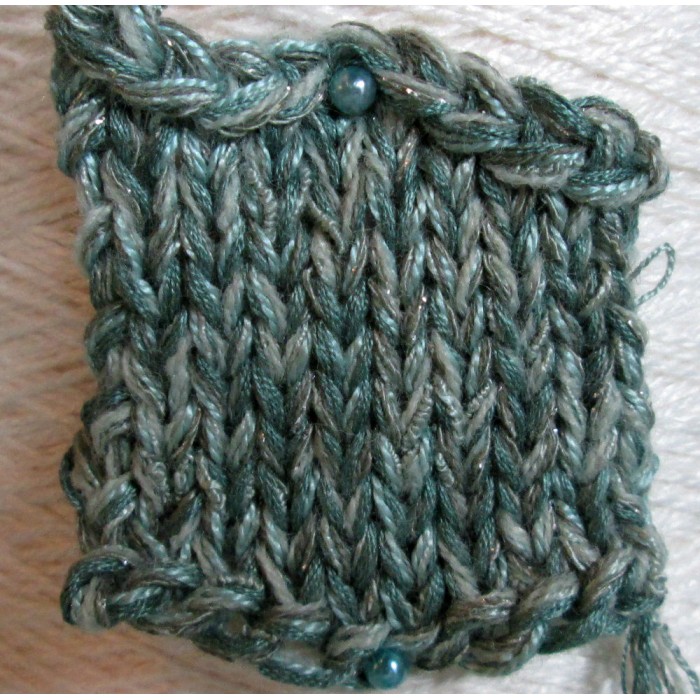
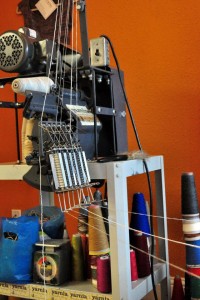
One of the most common questions we get at the shop — and something you may have been wondering yourself — is how many strands of our “ingredient” yarns to combine to achieve a certain weight (thickness) of yarn.
Let’s say you’re using a pattern that calls for DK weight yarn, a little lighter than worsted weight. As you begin to choose your input strands, we have a lot of tools to help you zero in on that DK weight.
A good place to start is to think about whether you have a fiber preference and/or a color preference. If you know you want your yarn to be primarily wool, we can start at that shelf (all of the ingredient yarns are organized by fiber, then by color) and see if there are any colors you’re particularly drawn to.“YPP” stands for yards per pound. This number tells you how many yards a certain yarn will yield if you have an entire pound of it. This is helpful in determining how many ounces/pounds of your completed yarn you’ll need in order to complete a project, but it is also helpful in determining the weight of a given input yarn.
You may be used to hearing terms like “fingering,” “sport,” or “worsted,” to describe the thickness of your yarn. These terms help to determine what size needles you’ll want to use, as well as what sort of gauge you can expect. Each of these categories also corresponds to a range of “yards per pound.” For example, if you’re trying to create a DK weight yarn, you’ll want to be in the 1000-1200 YPP range, whereas a worsted weight is closer to 800-1000 YPP.
These ranges are useful for the following reason: If you’re starting with a strand of a merino wool that says 2400 YPP on the label, combining three of those (2400 divided by 3) should yield a final yarn that is around 800 YPP, or a good solid worsted weight.
This is a pretty typical request — and why wouldn’t it be? When you mix fibers together, you can often achieve the best of all worlds. To find the price per pound of a blended yarn, we simply take a weighted average of the component prices. You can play around with this in our Custom Yarn Creator and see how the final price of your yarn is affected real-time by the combinations you choose.
Absolutely. If you’re math-y and interested in learning about the wonderful world of fiber, the science of yarn counts, or how a weighted average is calculated, we’re happy to empower you with that knowledge. Or if not, you can also hand over your pattern or idea and say, “Tell me what I need to do!” and we’ll help you make your perfect yarn.
This means that if you're incorporating bamboo into your yarn, there's a good chance that your finished yarn will be thinner than the scale indicates. This is because bamboo is a considerably heavy fiber, and the scale is based on weight ranges for each yarn weight. If you're concerned about achieving a very specific yarn weight (i.e. worsted), we recommend aiming for a slightly thicker yarn than you actually want, if you're using bamboo in the mix.
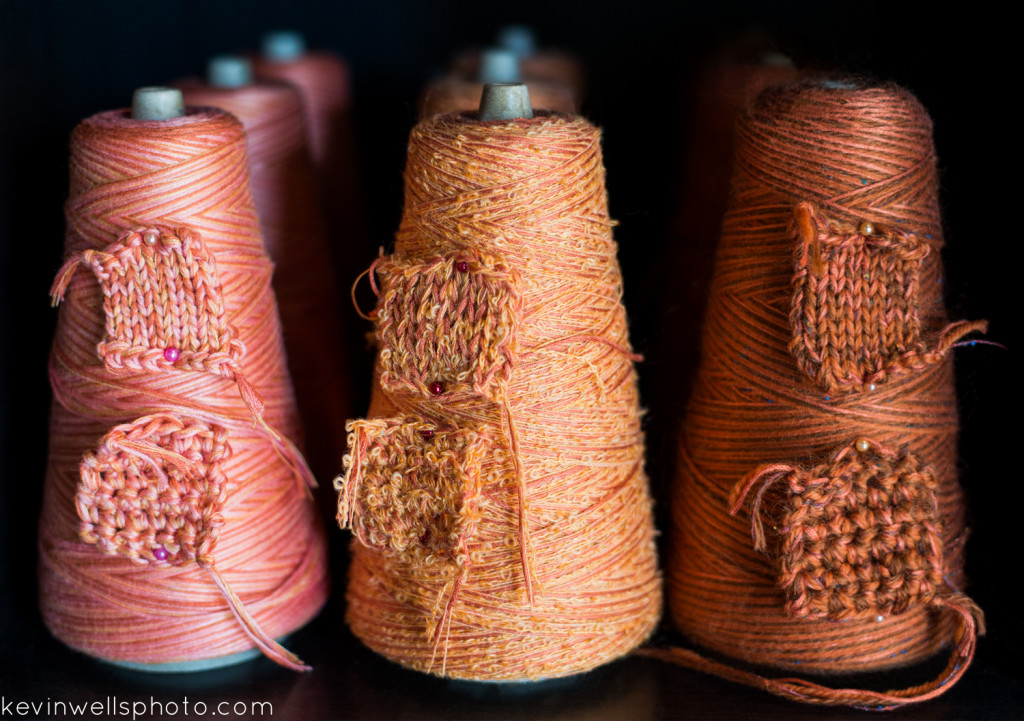
For sure! You can check out dozens of our house blends of yarn, already combined and wound onto an 8 ounce cone for you, by clicking on Yarn-->House Blends from the menu at the top of your screen.
Shipping will be calculated based on your location and the total weight of your order. We ship via USPS, and the shipping cost will be calculated for you during the checkout process. In general, if your order is less than 1 lb., shipping will typically only be a few dollars.
Yarn Related Questions
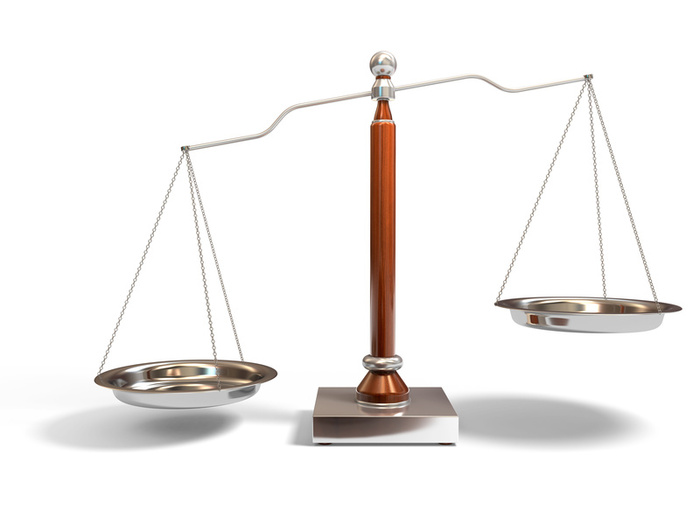
Well, a pound of yarn is a lot. If you’re working with a worsted or DK weight yarn for example, a pound of yarn will be about 1,000 yards. If you’re using a very bulky weight yarn it could be only about 400 yards, whereas if you’re a sock knitter, a pound will probably yield about 2,000 yards because the yarn is so much lighter.
While a pound may be in the range you’re going for if you’re embarking on a sweater or a shawl, a pound is usually far more than you’ll need for any small or medium-sized project.
To put it in perspective, you’re probably used to seeing yarn in either small round balls, or more oblong skeins. These smaller balls are typically 50 grams (which is about a tenth of a pound) and the skeins are usually 100 grams (a little under a quarter-pound).
As a baseline, if you’re just shopping for yarn and don’t have a specific project in mind, but want to play around with making your own combination and trying out different colors and fibers together, 8 ounces (half a pound) will give you plenty of yarn to work with, probably with some left over.
No, in fact most of the customers who come in to Yarnia are hand-knitters or crocheters. Certainly machine knitters and weavers will also feel at home among the coned yarns that line the shelves, but primarily the custom yarn winding is catered towards building a yarn that will be appropriate for hand-knitting.
Our inventory here at the shop is constantly turning over as we run out of certain yarns and get new ones in, but these are the materials that we always have in stock for you to choose from as you dream up your own yarn creation: (swatches of all of these can be found at our Custom Yarn Creator.)
Great question! You can read all about our cone ends right here!
So glad you asked! We’ve written a whole tutorial on how to find a machine-washable yarn for your project right here
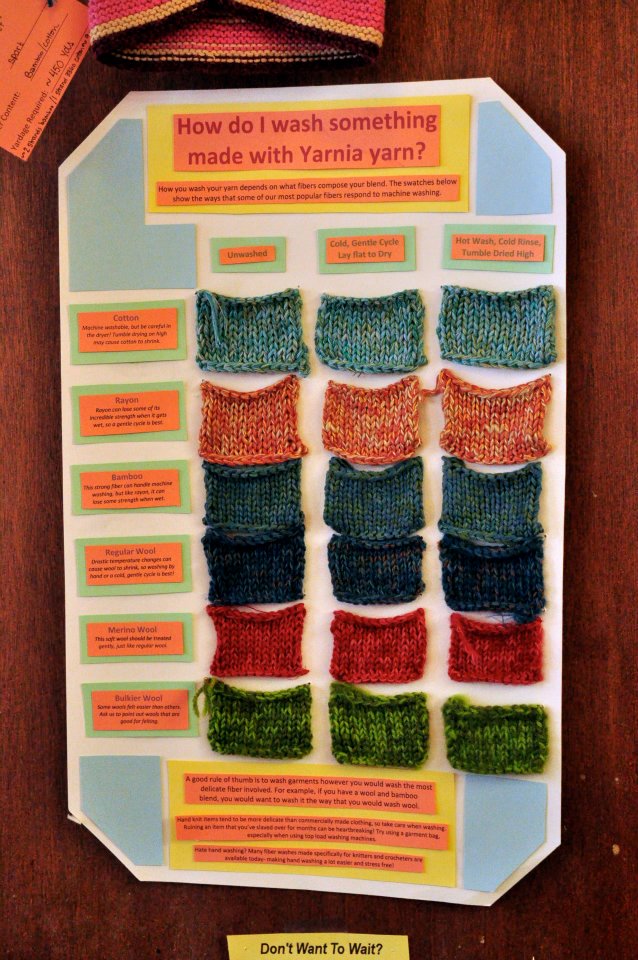
Just like with commercial yarn, you’re going to want to treat your finished product as you would the most delicate of the fibers that contribute to it. For example, if you’ve made a blend that is 50/50 wool/cotton, you’ll want to hand-wash it as you would for wool (cold water, little agitation); or if you’ve made a blend that has some rayon content, you won’t want to throw it into a hot dryer, even if it only makes up 25% of your blend.
Our most heartily washable fibers are cotton, bamboo, hemp, linen, some of our merino wool, and most acrylics.
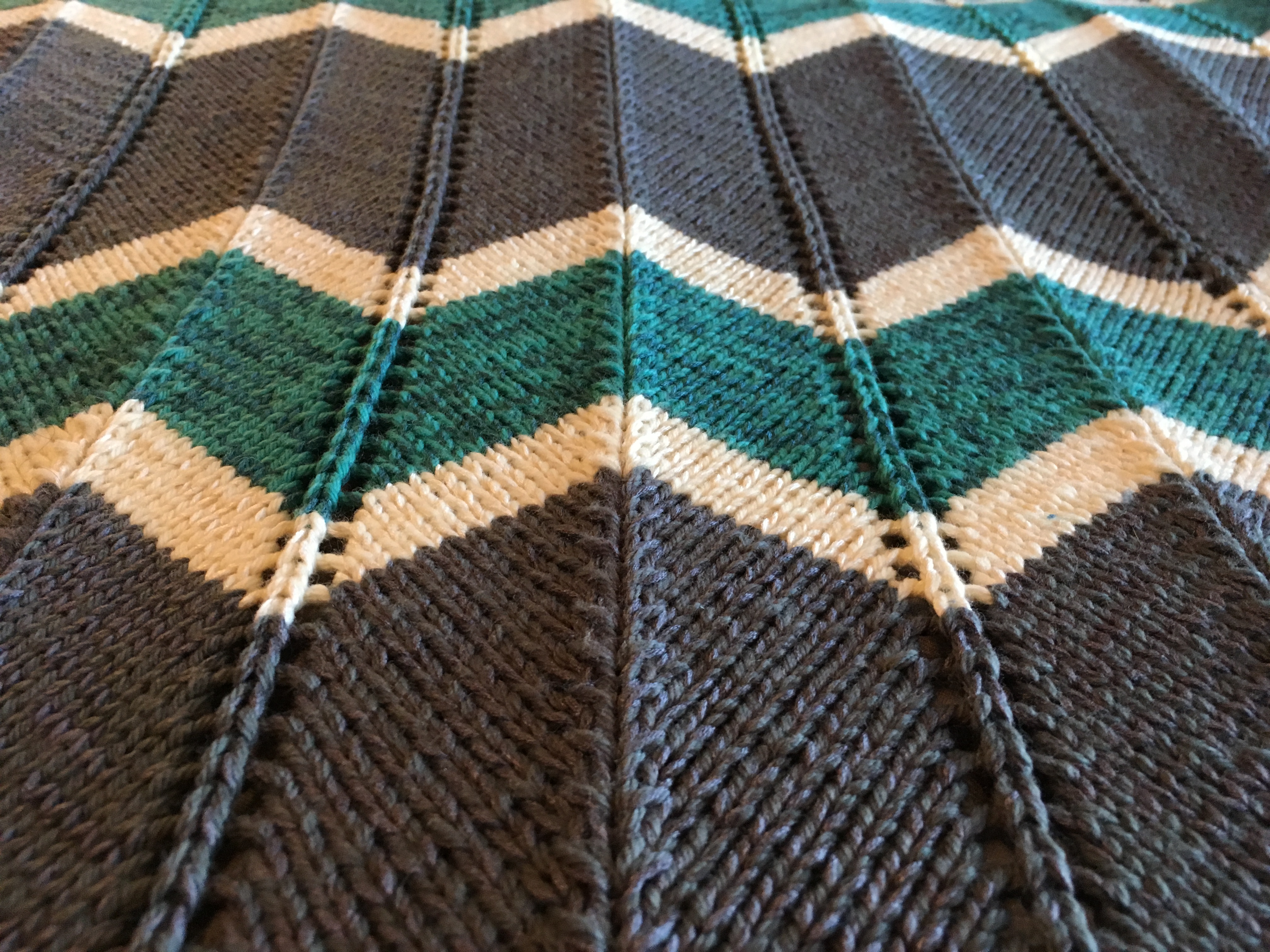
No, this will not affect the way your finished product looks or acts. Technically, the strands of yarn on your custom cone are not “plied” together, meaning they’re not wound onto the cone with a twist. This twist, that you’re probably used to seeing in most commercial yarns, is what enables the single strands of yarn to stick together and appear to be one single strand.
Although we do not put any additional twist in the yarn as it is wound onto your cone, all of the plies you choose will be wound at an equal tension — what this does is not only ensure that each strand is planted on the cone at the same rate, but that it also comes off the cone at the same rate, as you’re knitting or crocheting with it.
Another thing to keep in mind is that although the strands are not plied together, each of the input strands you choose is, in itself, plied. When yarn is spun, a twist is put in it to give it strength. All of the “ingredient” yarns you are choosing from are already single-ply (most are actually even double-ply to begin with). This, in addition to the tensioning, will leave you with a very strong yarn, with as much or as little elasticity as you want, depending on the type of fibers you choose.
If the strands you’ve chosen are all very slippery — rayon boucle, for example — it may feel as though you’re simply knitting with three separate strands, which perhaps you’ve tried if you’ve ever worked from a pattern that directs you to knit from two balls of yarn simultaneously.
Most fibers, however, have a bit of natural adhesion so that even though they are not twisted together, they’ll tend to cling to each other as you’re knitting, and should not feel too different from working with the twisted commercial yarn that you might be used to. The exceptions to this happen when you choose strands that are very disparate in either weight or tensions.
For example, if you choose a super bulky strand of acrylic boucle and combine it with a very thin strand of wool/nylon: because these two strands are so different in thickness, the amount of room they take up on the cone — despite the equal tensioning — is enough to make a noticeable difference and this may cause “loopiness” in the strand as you knit.
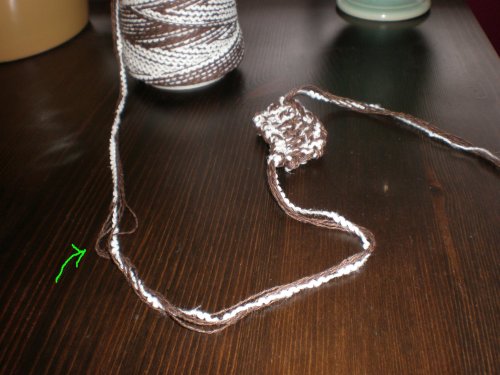
Additionally, some of the input yarns already have a bit of elasticity to them.
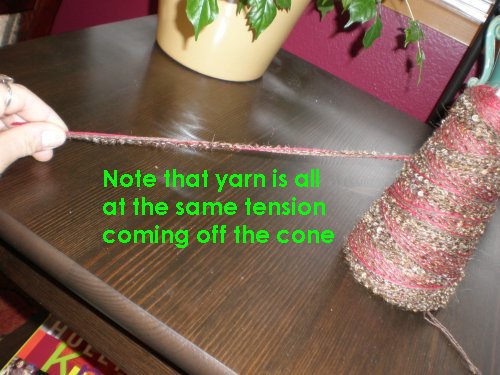
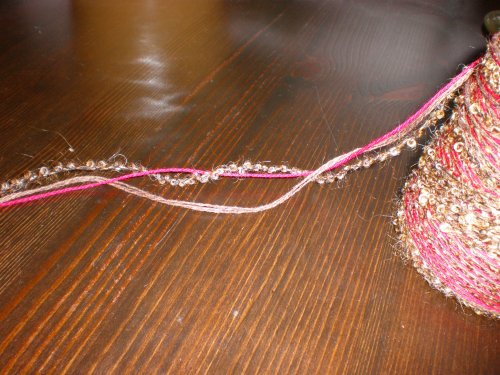
Same idea here — although they are tensioned in the winding process, as you pull the finished yarn off the cone while you knit, the elasticity of the yarn will once again become visible and may make your yarn look “kinky.” In either of these situations, the yarn may be more difficult to work with but will not affect the look of your finished product in the end!
Keep in mind that this may also be exacerbated if you happen to be a very tight knitter, the reason being that if you are pulling tightly on the strands as you knit, any natural difference in the elasticity of the yarn will be magnified as you knit. If this is becoming a big problem, just try to loosen up your tension a bit, which will allow all the different strands of yarn to run fluidly between your fingers.
If those suggestions don’t seem to help and you are feeling frustrated by working with unplied yarn, we also carry two very handy tools that will help immensely with tensioning your yarn. You can learn all about our Yarn Guides and Yarn Pets here!
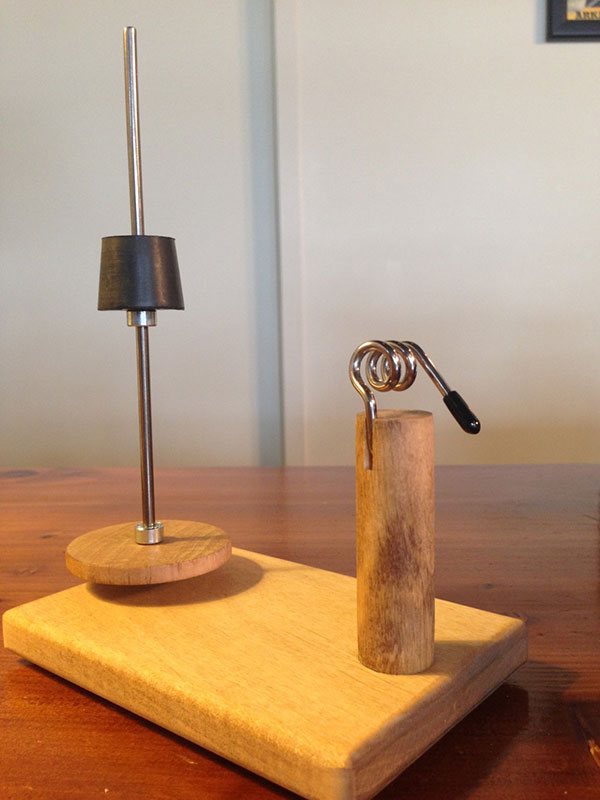
A Yarn Pet is a handy little device that we carry here at the shop, that is designed to help tension unplied yarn. While it is not necessary to use a Yarn Pet to knit with our yarn, many customers find it very helpful when working with a yarn that has strands with very disparate tensions, particularly if they tend to be very tight knitters. You can learn more about this fantastic tool here, and can purchase it directly from our Online Shop right here.
General Knitting & Crocheting Technique Questions
Coming Soon.



